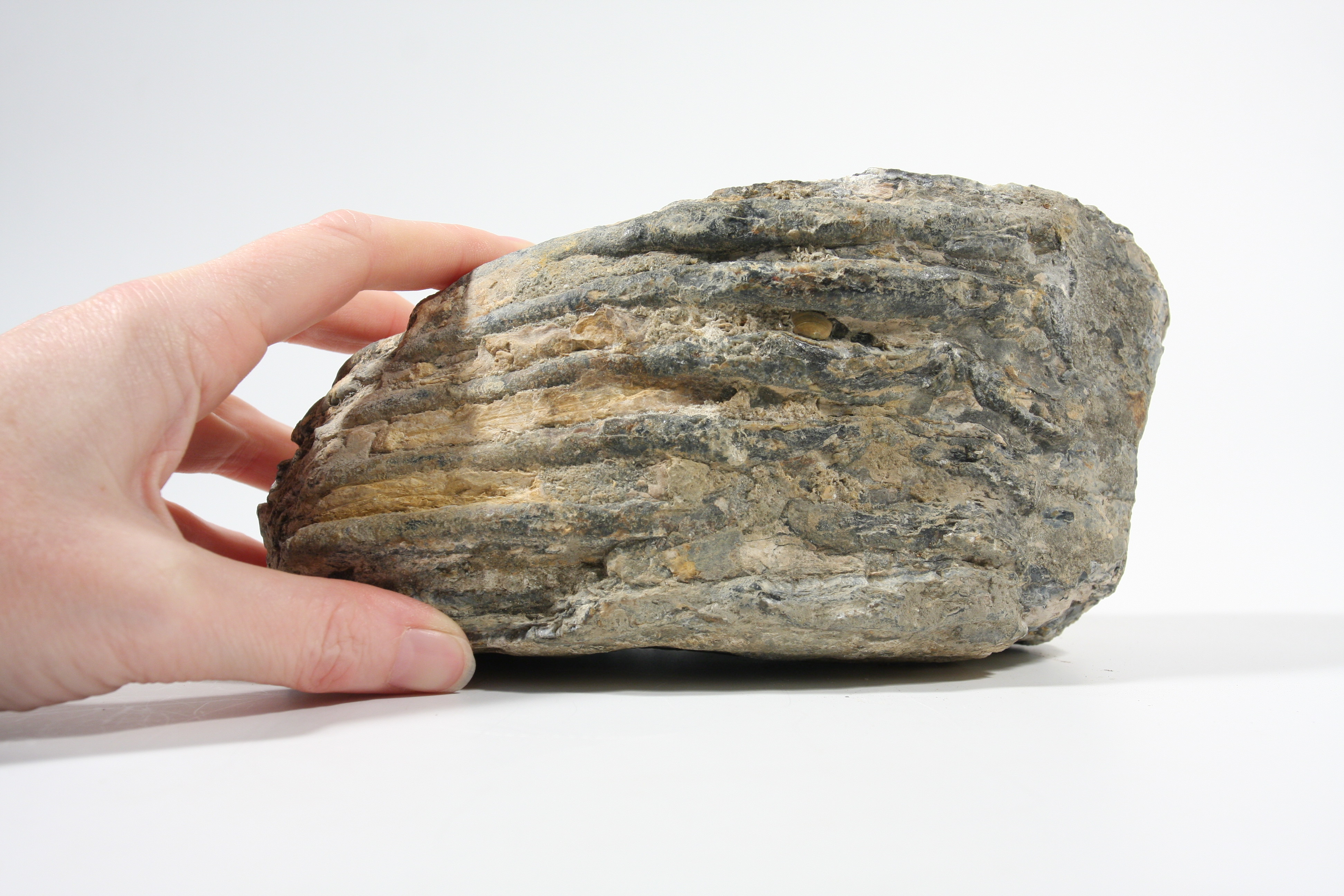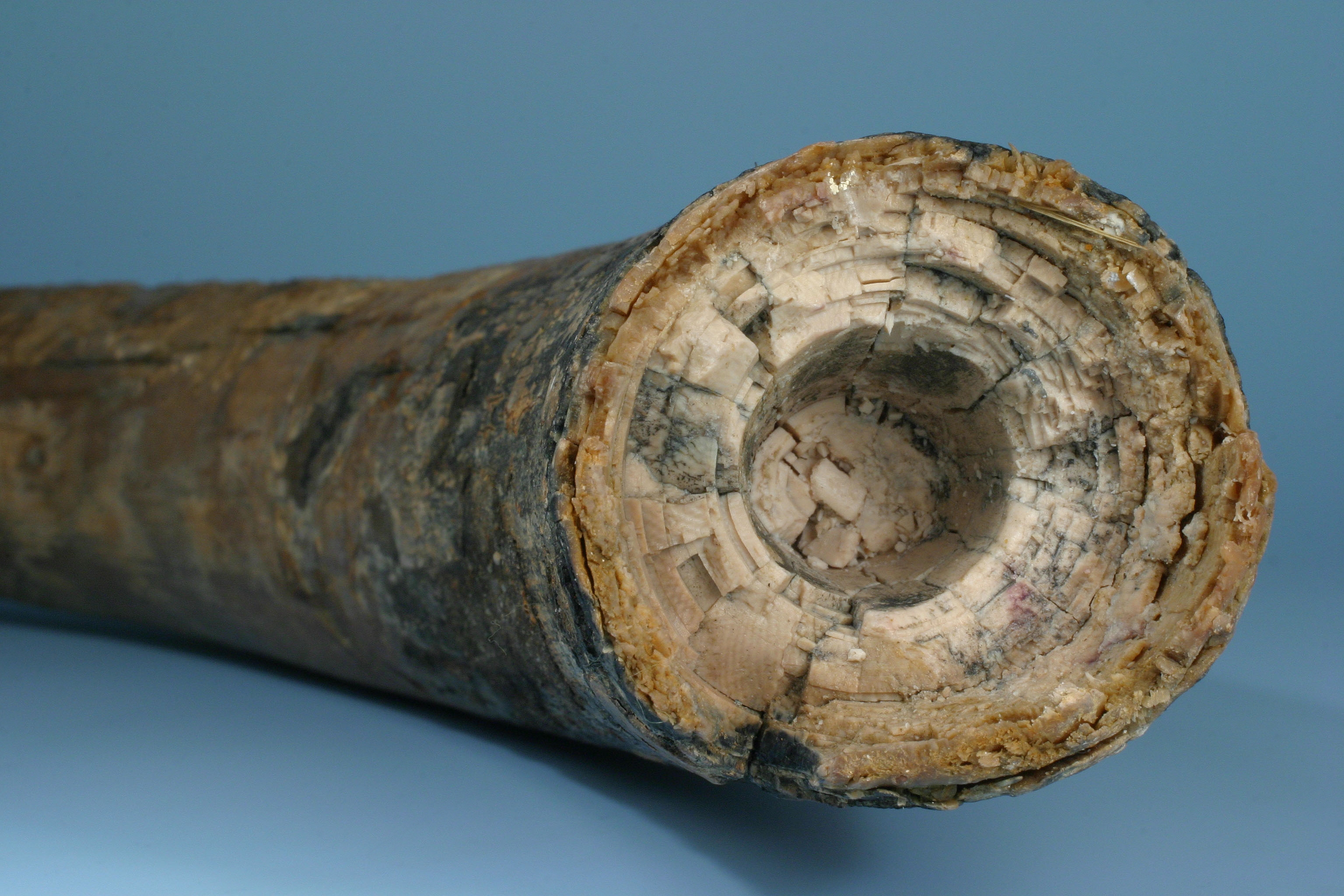Our Stone Age ancestors were, for the most part, hunter gatherers. Foraging the land for nuts and berries (such as blackberries and hazelnuts) was an essential part of Stone Age survival, as well as hunting wild animals such as mammoths, deer, rhinos, and hares, and fishing in rivers or the sea. Every part of an animal was used effectively during this period; animal skins could be used for house insulation or clothing, and the bones for tools and fastenings.
Location was a major factor in the Stone Age diet – what grew and lived locally would form the diet of a Stone Age person. For example, if you lived by the sea, you could forage for mussels, crabs, cockles or oysters, and alternatively, if you lived deep inland, you would be more likely to have a diet of hunted meat, foraged nuts, and berries.
Insert: Charred hazlenuts
Caption: Soil samples are taken from key points on an excavation site. Bits of charred grain, snail shells etc. help environmental specialists build up a picture of the past landscape.
These remains of charred hazelnut shells give an idea of what people ate.
In order to hunt, people in the Stone Age would use a variety of tools. Bones and antlers from previous hunts could be used for weapons, and stone tools were crafted in order to make spear tips and arrow heads.

